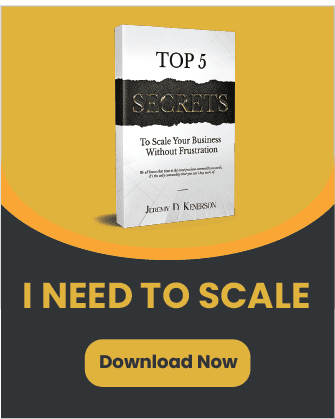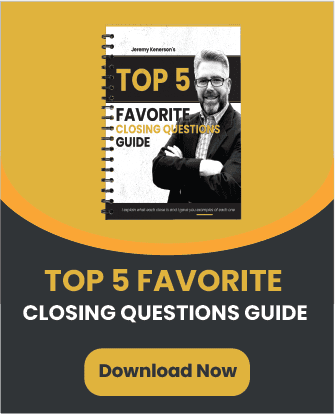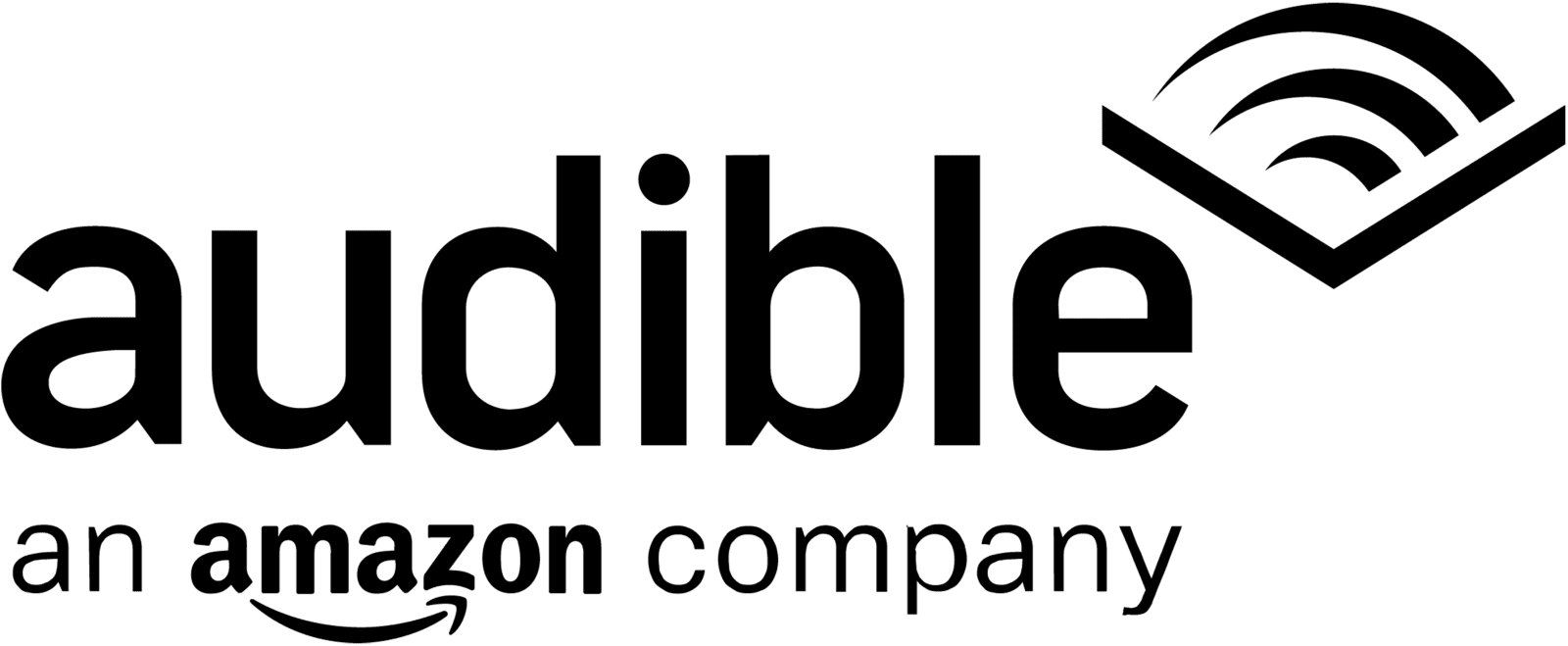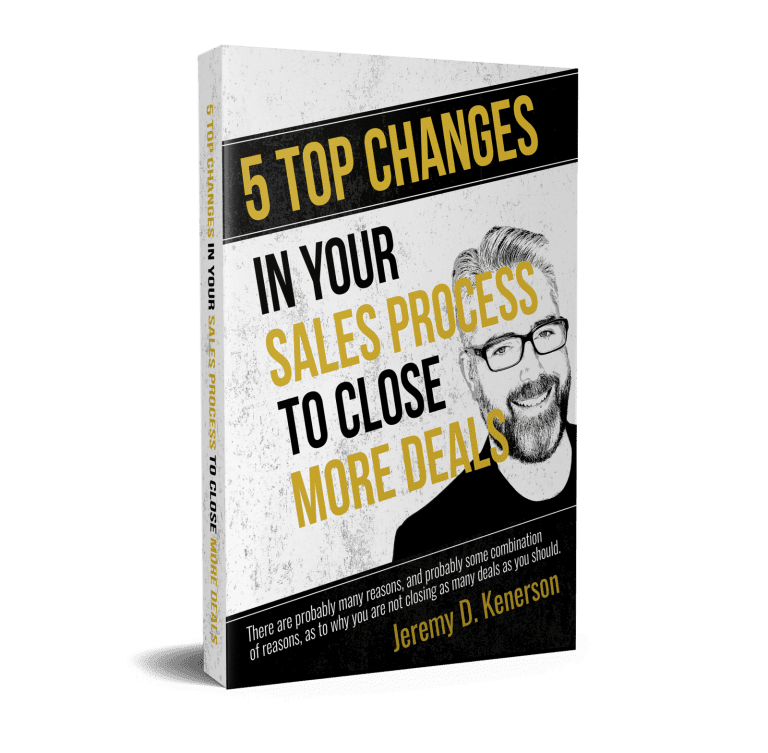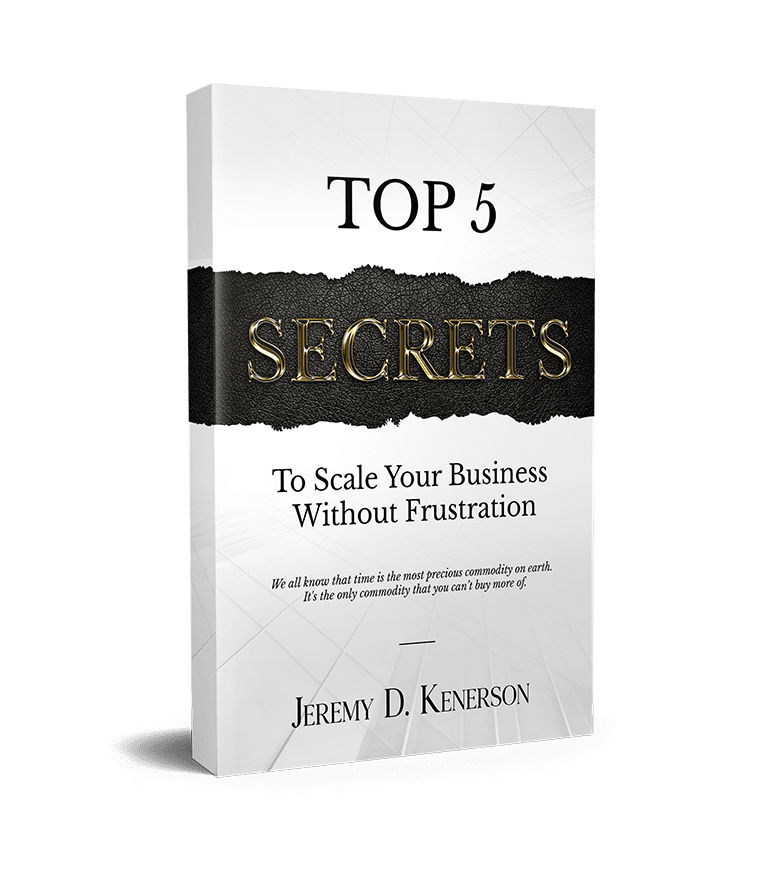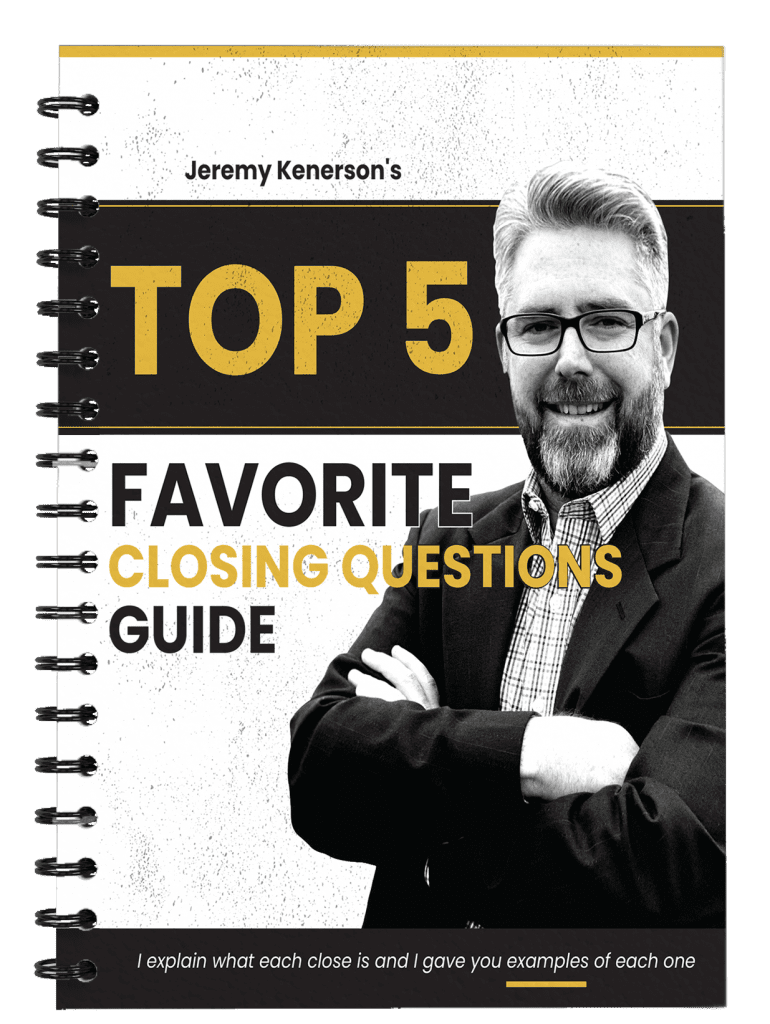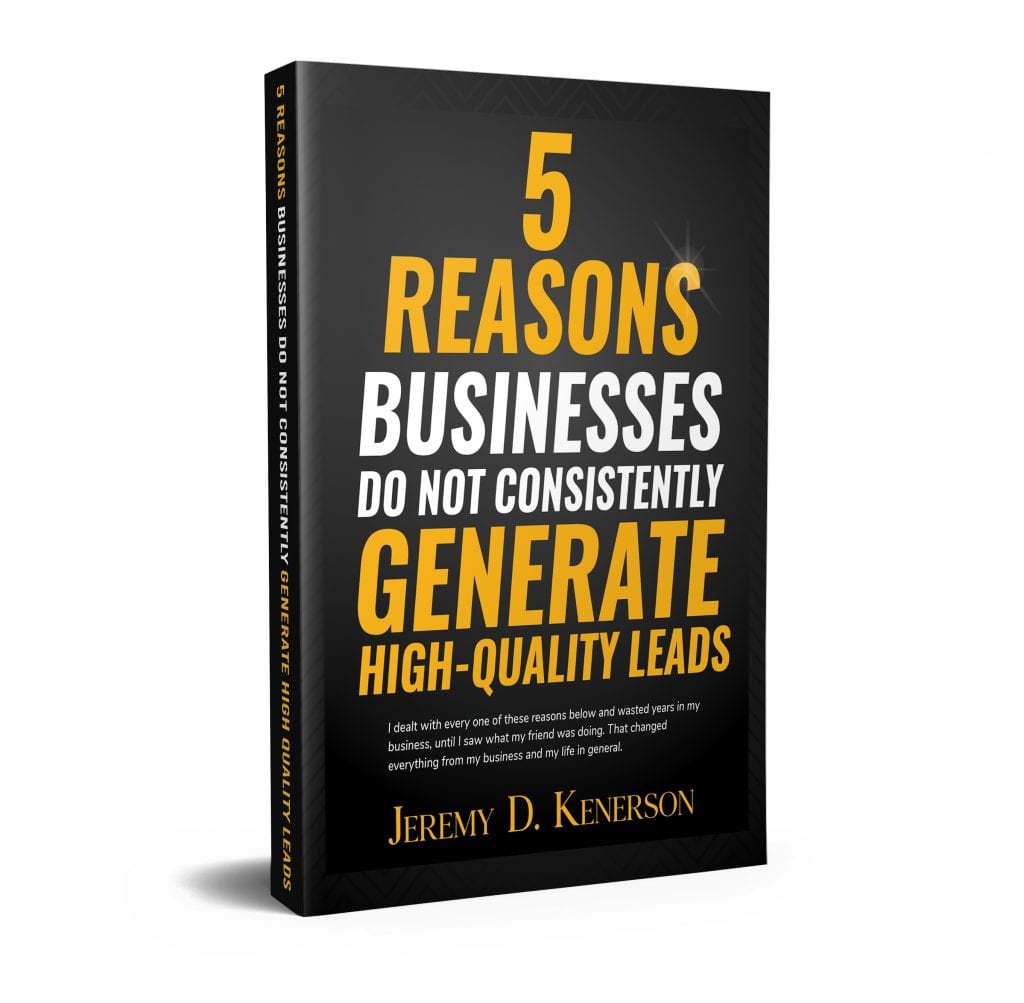What is your sales call process? Do you struggle with your sales conversations? Do you ever feel stuck with what to say? We usually get stuck on what to say because we don’t have a plan.
And then we sound like we’re pausing and thinking a lot which doesn’t sound professional nor confident. Sounding professional and confident goes a long way to help people get to know, like, and trust you, which are the three things that need to happen if somebody is going to buy from you or sign up with you.
.
((Listen to this Podcast below and you can even download it for later))
The Flow of the Sales Call Process
The sales conversation has to flow. I talked about why it needs to flow in this blog: 3 Ways to Crush Your Next Sales Conversation check it out if you haven’t yet.
A sales call is like a dance. The back and forth conversation is like the back and forth footwork in a dance. I can go off to the right, and I can go off to the left. I could talk about their kids. We could talk about their vacation.
I have an outline always to bring them right back to where I left off to make sure I don’t miss out on any of the four key points that I need to be covering in the conversation.
This outline covers all the information they need to make a purchasing decision and get to know, like, and trust me. Usually, at the end of that conversation, the person asks you how they can join your mission.
Wouldn’t that be a lot better to have people ask you how they can buy from you instead of you always asking them if they want to purchase your product or service? Like that’s not fun, trying to chase people down and do that.
Building Rapport
Throughout the sales call, you should be building rapport with your prospect. Find ways to connect with that person on a level that’s not just about the product or service you are selling.
How you do that is different for everyone. For me, I moved around a lot as a kid. I traveled the country a lot, so I’ve been to many different states. So being able to relate to where people live is easy. It helps break the ice and makes me feel like a human being which creates that likability and trust factor.
I found a fantastic list of questions to use to build rapport check it out here: 68 Memorable Questions for Establishing and Building Rapport With Customers.
4 Parts to the Sales Call Process
#1 Qualifying
The first part of the sales call process is qualifying. Are they a good fit for your product or service? Can your prospect afford the product? If they can’t afford it, there’s no real reason to spend an hour on the phone knowing that they’re not going to buy from you.
You need to ask qualifying questions. Of course, you don’t want to come out and ask what their yearly salary is. You can ask other questions that would give clues to their income level.
Will they be a good fit for your group or community. Maybe your group is for postpartum moms. If they are in their fifties, they won’t be a good fit. Neither would men. Based on your service or product, there could be a lot of different qualifiers.
Want more examples of qualifying questions? Here are 21 Sales Qualifying Questions to Identify Prospects Worth Pursuing I found on Hubspot.
What’s Their Motivation?
Another piece of qualifying is their motivation. What’s motivating them to look into a solution that you’re offering?
Often, especially if it’s a higher-ticket item or a longer commitment time (such as a 60-day course), this person doesn’t have strong enough motivation to finish the course. They could end up canceling or requesting a refund.
So it’s essential to find out what somebody’s motivation is because many times people give up too soon. You want to touch, move, and inspire those that sign up to keep going when the going gets tough.
And the only way to do that is to know their motivation. What’s motivating them to do this?
- Kids
- An early retirement
- Risk of dying from not being healthy enough
And is that motivation strong enough for them to want to keep on going when things get hard?
#2 Emotion
The next piece of the sales call process is emotion. It doesn’t matter if you are speaking with a logical or emotional decision-maker. They both end up making decisions with their emotions.
You get all the logic and details on the service, but ultimately, it’s going to be your emotion that gets you to be like, “Yeah, I want that right now.” We’ve all done it. I’m terrible for that.
I go to buy a specific car that I have logically thought through with my budget. And then I walk by this upgraded version and buy because of my emotions.
So you need to figure out what your product or service will solve for your prospect. What’s the benefit they’re going to be getting from this? And how will that make them feel when they get that big payoff from your solution? You will also need to find out what they will feel if they don’t get the benefit.
For example, ” I don’t want to feel like that” is going to give you a lot of ammo at the end when you are closing the sales conversation.
You will be able to use their words about how they will feel without the solution. For example, “You could put this off, but you don’t want another month to go by, and you are still feeling like this, right?”
#3 Value
The next piece of the sales call process is the value. This is where you start showing the bridge between their problem and your solution. You also want to cover the benefits such as:
- Exactly what they can expect from you
- What to expect from the product or service
- The dollar amount of what it is worth
What is it going to bring to your prospect?
- Will it save them money?
- Is it going to help them make money?
- Will it save them time?
Putting a dollar amount to it will go a long way with people seeing the benefit. It also really helps with the emotional side. When you can break it down into exactly how much money they are saving or making, it also touches their brain’s logical side.
#4 Closing
And then, the fourth piece of the sales call process is the close. I have a few strategies to help with the close here in this blog: Overcoming Objections in Sales with Tie Down Questions.
One closing strategy is asking tie-down questions such as, “Like you can see how this is going to help you, right?” They answer yes, boom. That question just tied them down.
Then you transition right into your close.
Tying All the Pieces Together in the Sales Call
So you got the four pieces of the sales call process. You qualify, which includes their motivation, touching on their emotion, providing value, and finally closing. The first three can be any order to keep the conversation going.
In each of those pieces, you want to have specific open-ended questions that you can ask that will give you the information you need to overcome objections.
That’s going to give you all the ammo you need to overcome those objections and help nudge that person along to make a decision that’s ultimately going to help them. This is how you want to outline your sales conversations. And if you do it this way, trust me, you will convert a ton more people.
Try them out and come back and let me know how it works out for you. Leave any comments or questions.
Additional Resources for Your Next Sales Call
What do you struggle with in your sales conversations? Drop those in the comments below.
Here are additional resources to help you with sales:
- How to Become a High Ticket Closer
- Close the Sale with this 4-Step Sales Process
- How to Increase Sales
- How to Have a Positive Mindset in Sales When Life Sucks
Watch the Youtube video where I go into greater detail with examples:

You may be skipping one of the 4 Critical Pieces to the Sales Call Process.




